Ground Living

For the vast majority of our evolutionary history, humans have been constantly interacting with the ground in some way. Whether crawling, squatting, walking, playing, hunting/gathering, eating or sleeping, we almost always had close contact with the Earth. Since the more recent invention of technologies like chairs, shoes, beds and toilets there has been an increasing trend towards a complete disconnection from the ground, along with unprecedented levels of sedentarism.
The allure of these technologies is that they provide us with ‘comfort’ but the reliance on these artificial supports actually contributes heavily to the rapidly rising rates of pain, disability and disease we are seeing in modern society today. The short-term comfort and ease we experience inevitably results in severe discomfort and difficulty in the long-term.
Ground living is the practice of radically reducing the time spent using these supportive technologies (especially sitting in chairs) and increasing the time spent sitting and moving on the ground. This practice can play a huge role in either preventing or reversing the negative effects that have accumulated over years of sedentarism through promoting movement variability in our daily life. There are a number of reasons why the practice of ground living can be so beneficial for our health.
Moving on the ground is an inherent part of our natural development from birth - fundamental ground-based movement patterns like rolling, sitting, squatting and crawling form the foundation for our overall functional capability throughout our lifetime. Efficiently transitioning from lying or sitting on the ground to a full stand is an extremely important ability - in fact the degree to which you can sit and rise off the ground with minimal support is an excellent predictor of all-cause mortality. Unfortunately most people tend to lose touch with this ability, especially in older age, which puts them at much greater risk of falls and just an overall decreased quality of life.
Sitting on the ground in various positions is an amazing way to expose your joints to many different ranges of motion that they would never experience while sitting in a chair. This is one of the most efficient ways to build and maintain joint mobility, especially through the spine and lower body. Most people experience stiffness in the hips, ankles and feet and may even spend time ‘mobilising’ them with exercises, not realising that they are taking one step forward and two steps back by sitting in a chair all day!
Being on the ground (especially on natural surfaces) also exposes us to important loads, textures and microorganisms that help build strong and resilient neuromusculoskeletal and immune systems. These loads and organisms act as a hormetic stressor - meaning they gradually develop our bodies ability to adapt to stress in the environment. At first this can feel uncomfortable however with time and exposure you can learn to find comfort within the discomfort and turn this ground living into an enjoyable and meaningful practice!
Here are some examples of strategies you can implement as part of a ground living practice:
- Environmental design
- Reducing / eliminating furniture (like chairs, couches, lounges, beds)
- Creating ground-friendly work/leisure spaces e.g. mats, cushions, low-set coffee tables
- Frequently visiting natural environments and getting barefoot as much as possible
- Lifestyle
- Ground-based movement practices e.g. Yoga, BJJ, Pilates, Feldenkrais, MovNat
- Organise social activities like picnics, barefoot hikes
- Embrace discomfort as a pathway to growth and development
Of course you don’t have to implement all these in full and all at once - just start with one consistent and achievable habit and build up gradually from there!



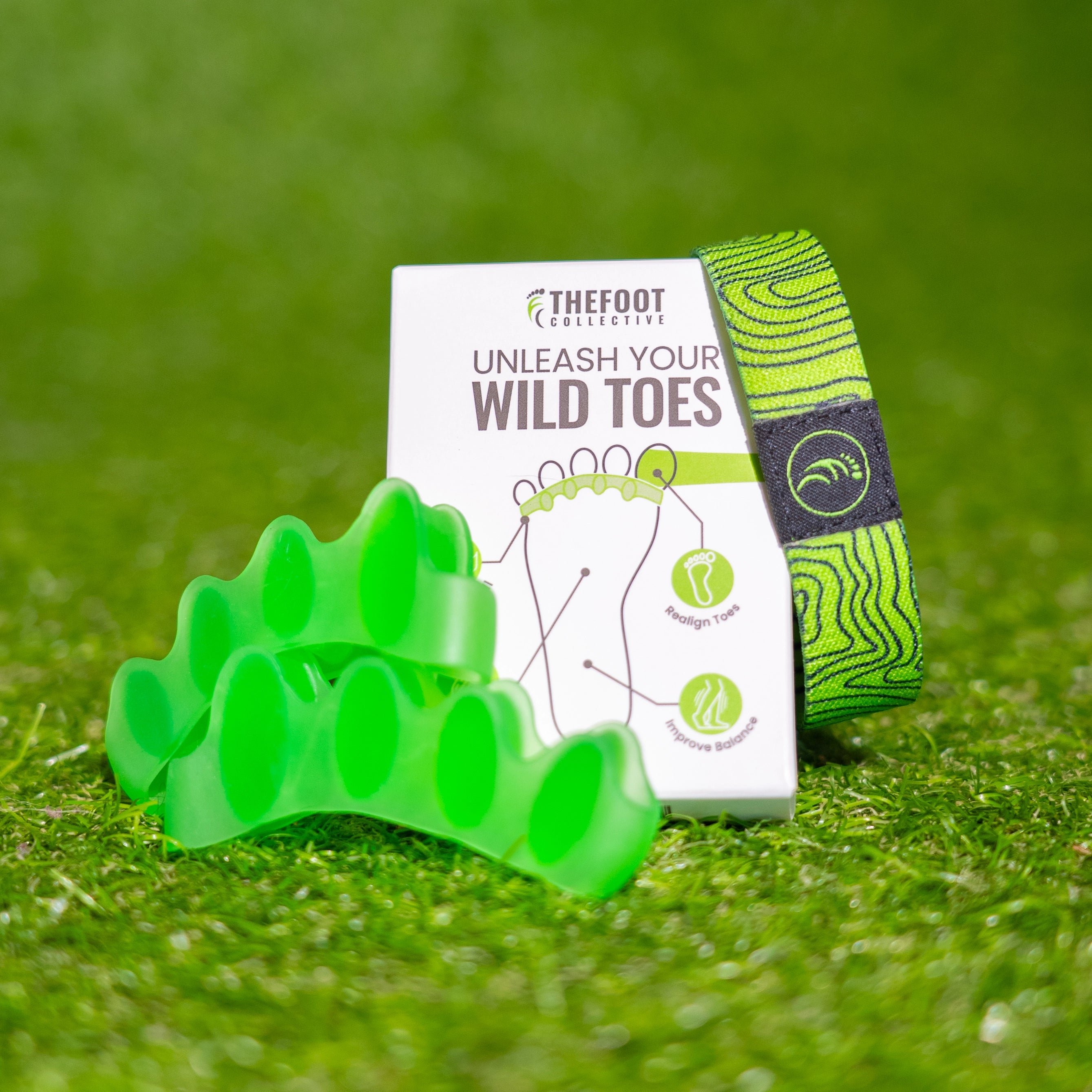
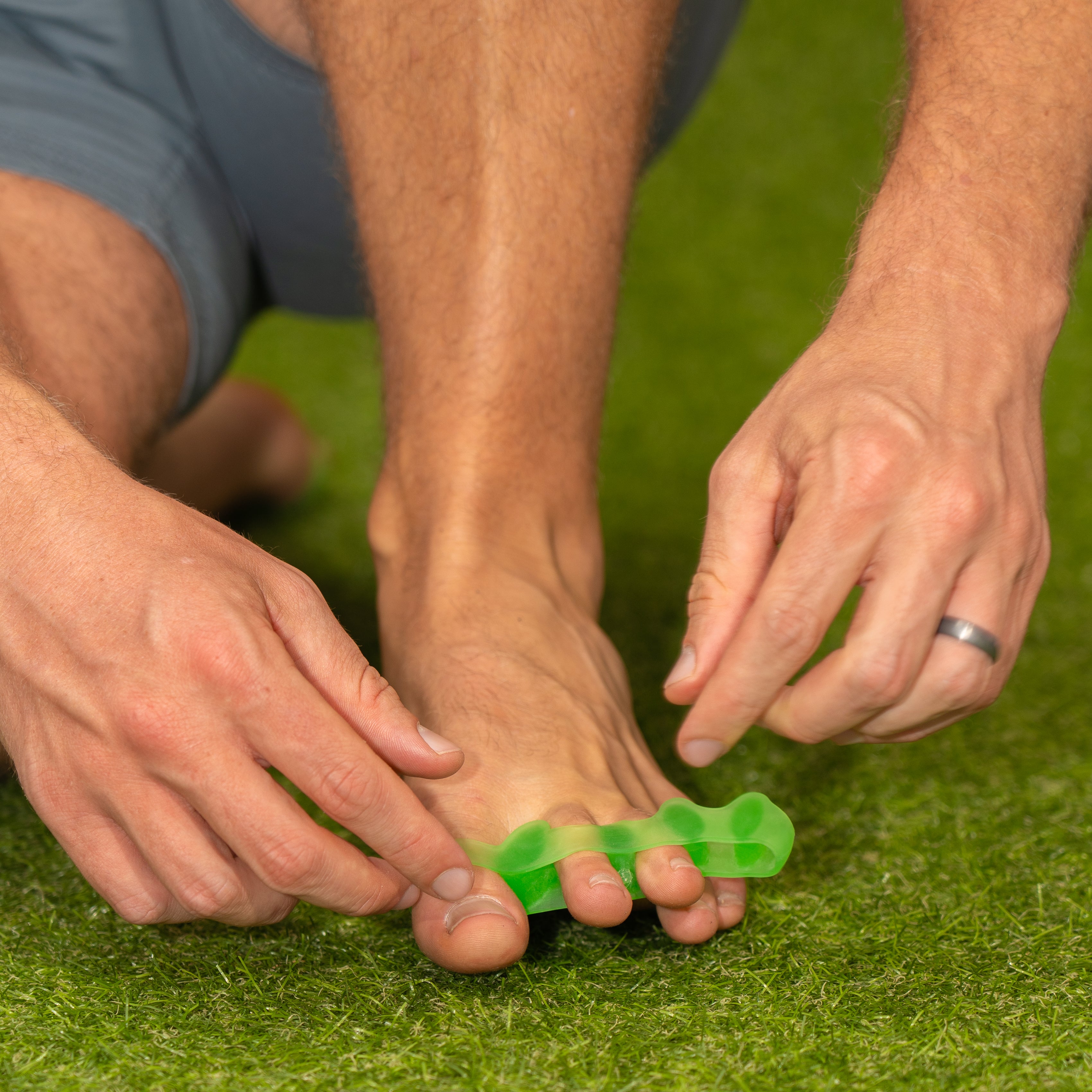

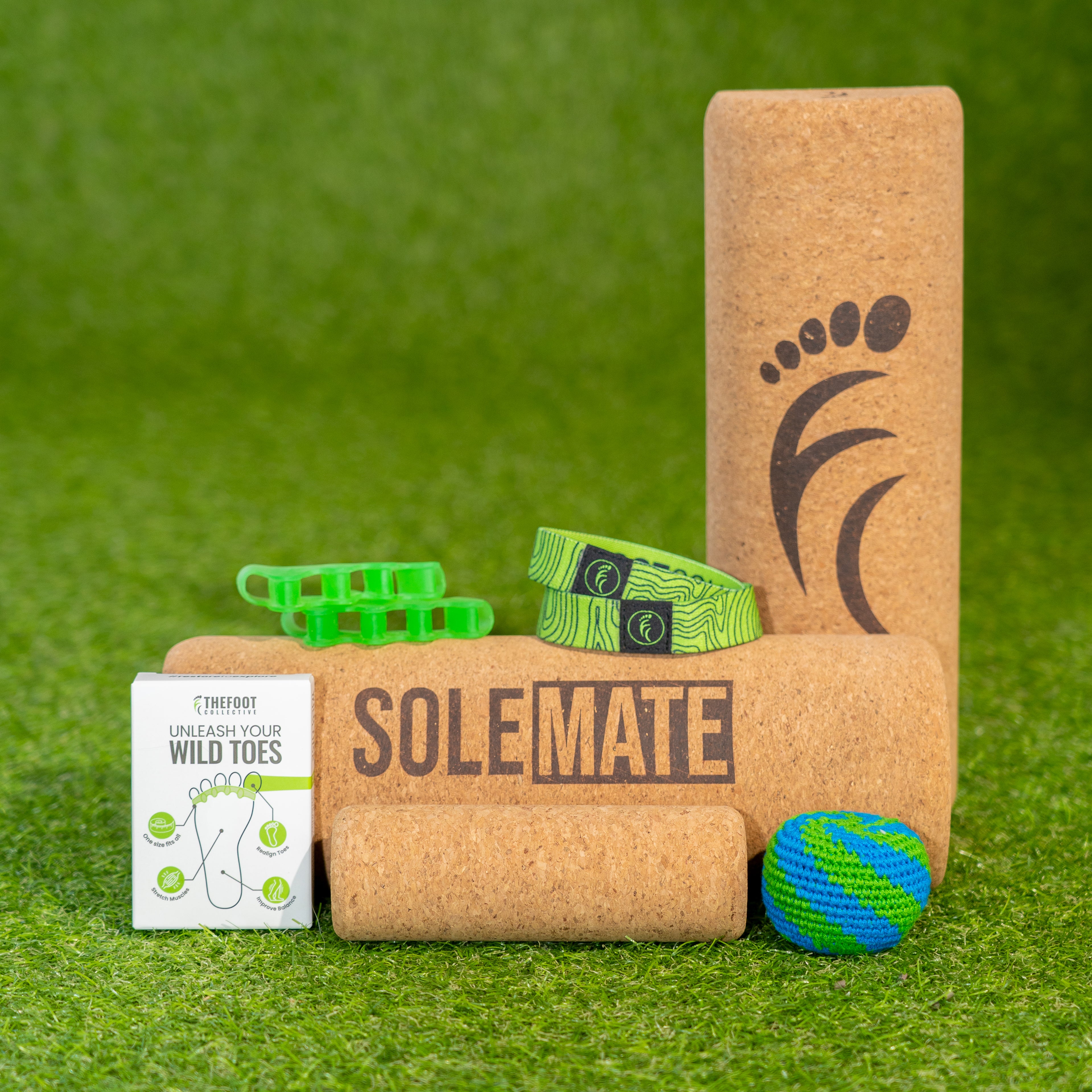
























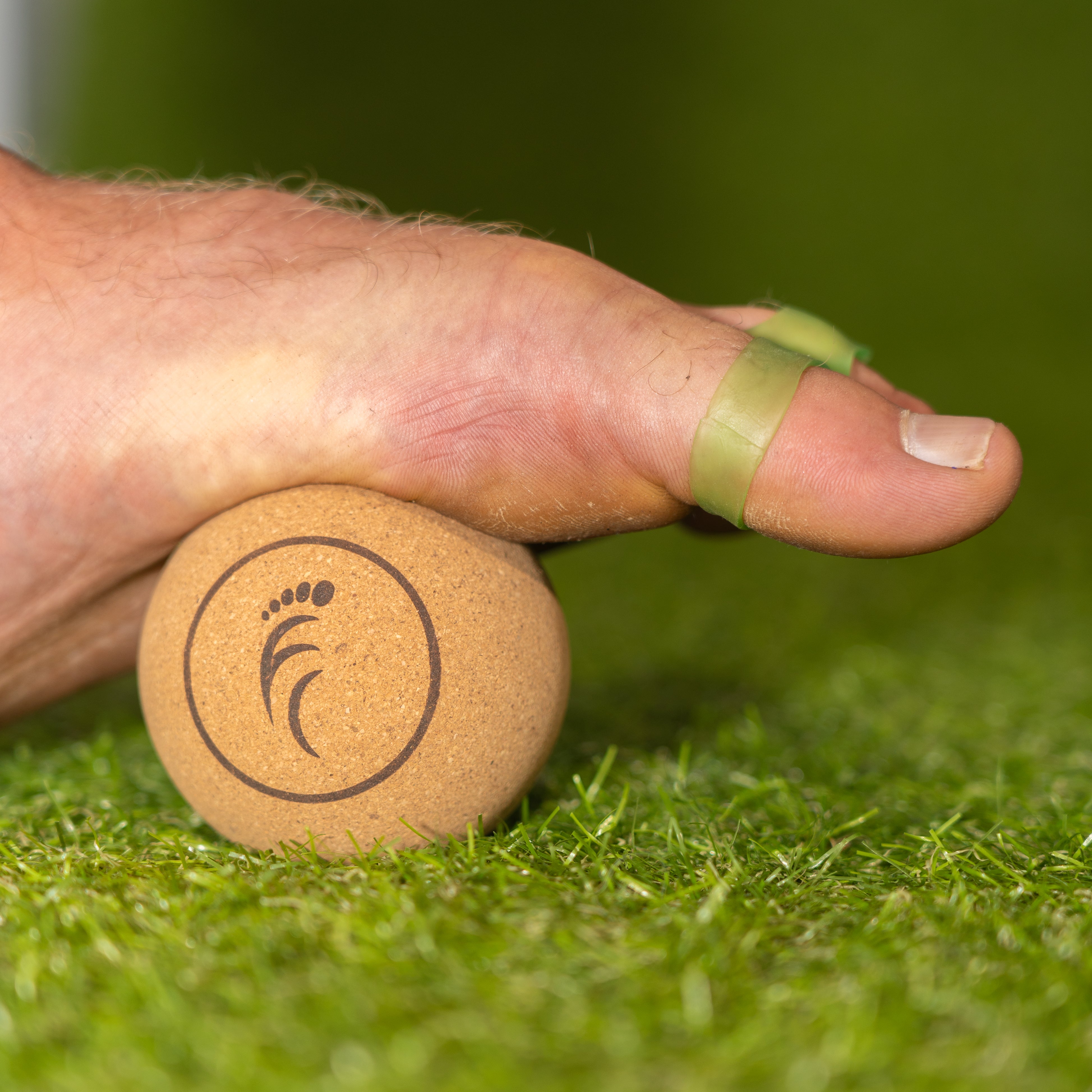

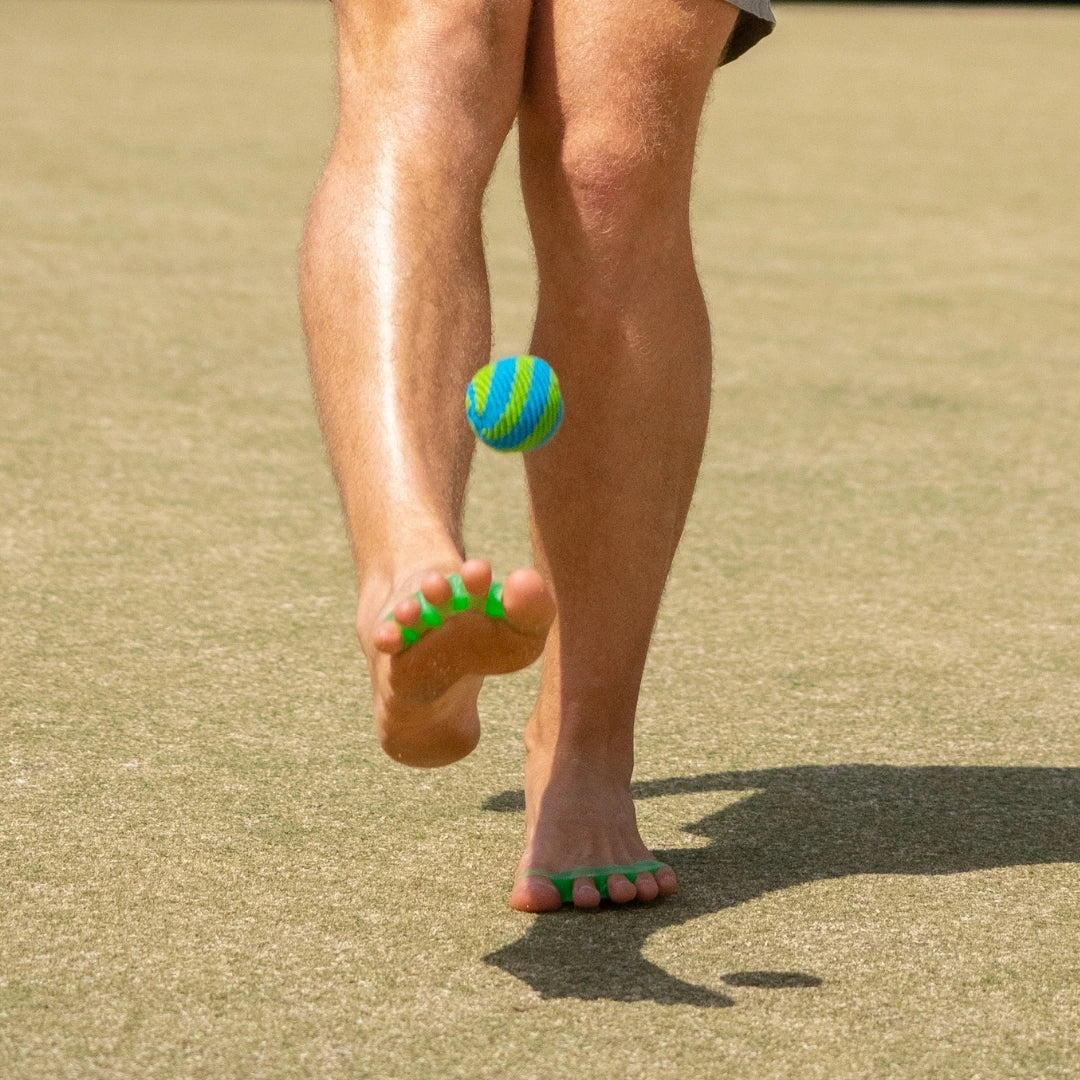


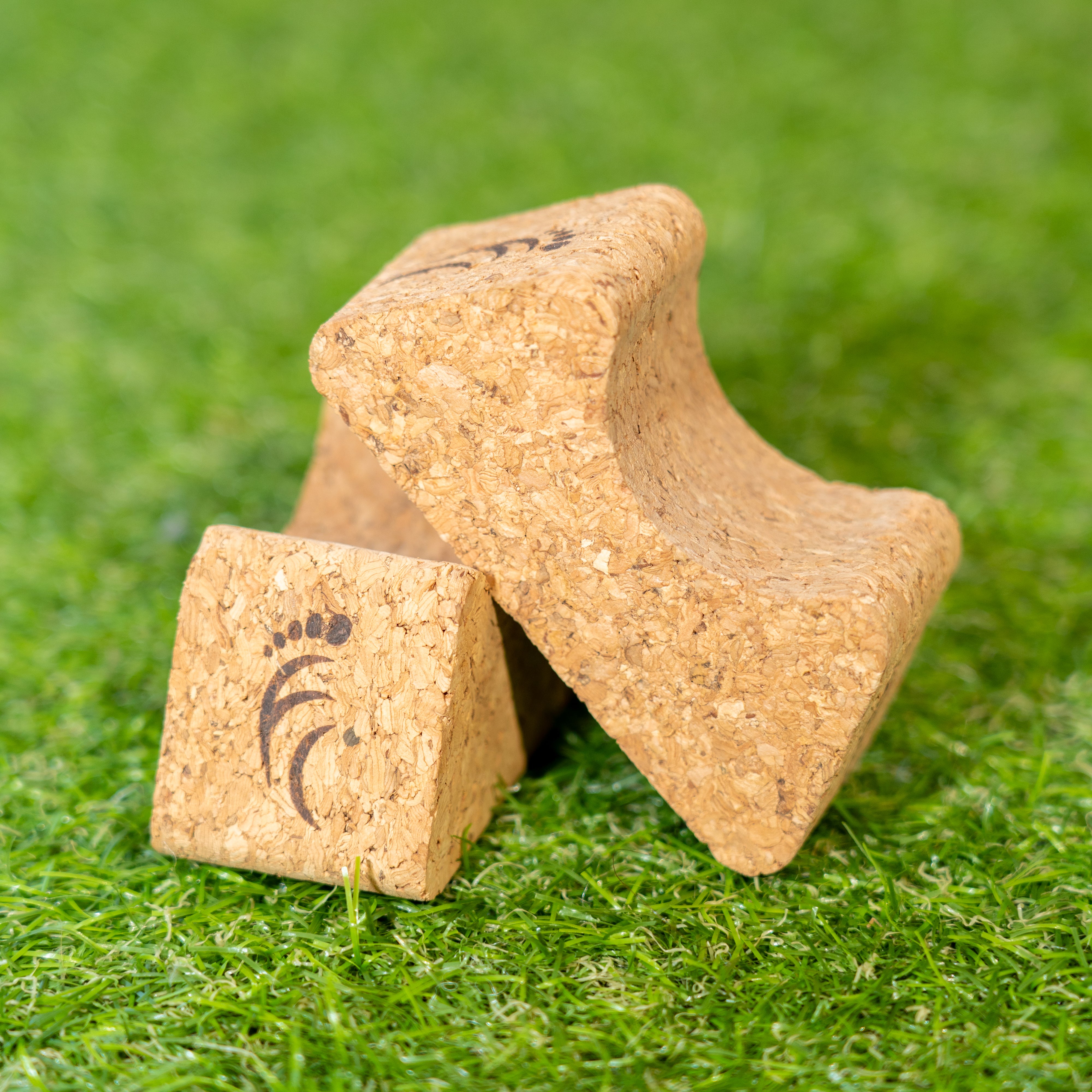



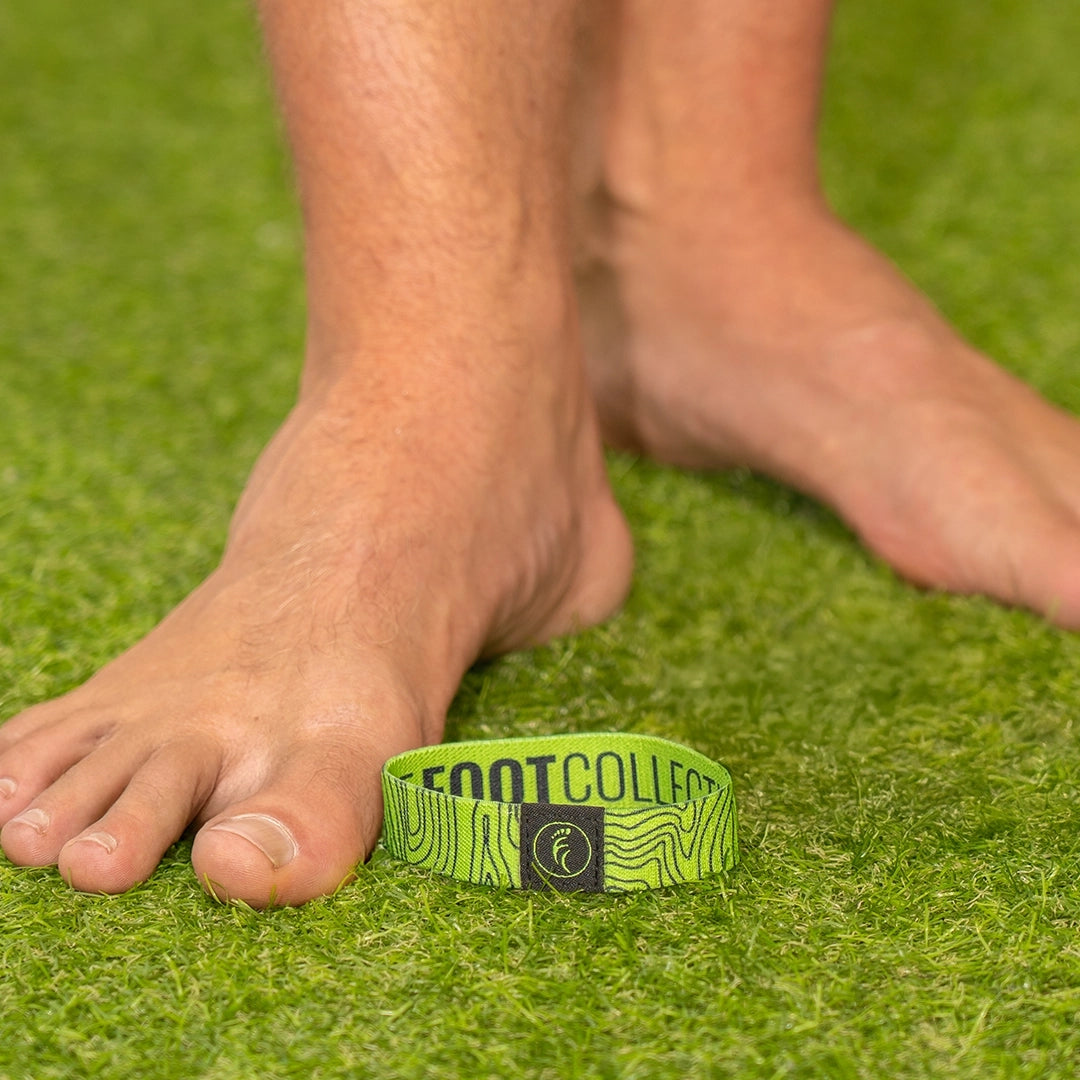














Two FKR, Lyme and mold poisoning have left me with horrible pain in my right foot and an extremely messed up gait overall. I’ve tried everything?! Can you help please? I want to walk comfortably without nsaids….
Leave a comment